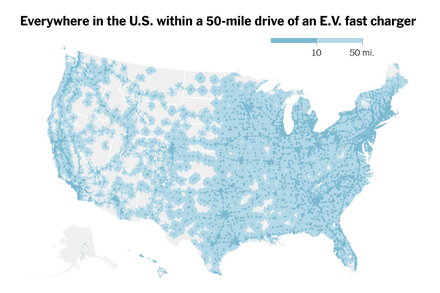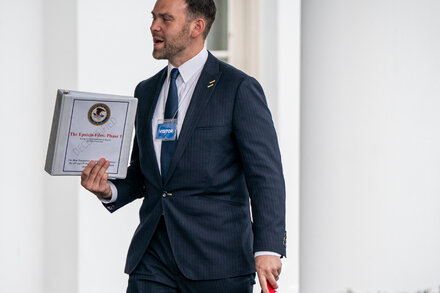
Taylor Swift’s ascent to pop superstardom is often viewed not as a single Eureka! moment, but as a deliberate evolution marked by strategic artistic choices and an undeniable connection with a burgeoning fanbase. While her trajectory seemed inevitable to many, various critical junctures illuminated her path from country phenomenon to global pop icon.
Early Glimmers: Country Success with Pop Appeal
Even in her early career, firmly rooted in country music, Swift displayed an innate ability to craft universally appealing narratives. Her self-titled debut album in 2006, followed by 2008’s multi-platinum Fearless, saw her dominate country radio while also making significant inroads on pop charts. Songs like “Love Story” and “You Belong With Me” were crossover successes, hinting at a broader audience beyond Nashville’s traditional boundaries.
“Taylor Swift wasn’t just a country star; she was a storyteller with mass appeal from day one. Her early hits resonated because they tapped into universal teenage emotions, whether you listened to country or pop,” noted a music industry veteran in a 2014 interview.
The Crossover Bridge: Red and the Genre Blur
The definitive shift began to crystallize with her fourth studio album, Red, released in 2012. While still containing country elements, Red prominently featured collaborations with pop producers Max Martin and Shellback, leading to undeniably pop anthems like “We Are Never Ever Getting Back Together” – her first single to reach number one on the Billboard Hot 100. This album was a clear signal of her ambition and willingness to experiment with new sounds.
Upon its release, many critics observed Swift’s genre-bending. Jon Caramanica of The New York Times wrote at the time, “On ‘Red,’ Ms. Swift’s evolution from country star to pop diva is nearly complete, and it’s a tricky journey to manage.”
The success of these tracks demonstrated that her fanbase was more than ready to follow her across genres, and a broader pop audience was eager to embrace her.
The Full Embrace: 1989 and Undeniable Pop Dominance
For many, the question of “when” was definitively answered in 2014 with the release of 1989. Swift explicitly declared it her “first official pop album,” shedding any lingering country affiliations. The album was a commercial and critical juggernaut, selling over a million copies in its first week – a feat that solidified her as the first artist to achieve this with three different albums. Singles like “Shake It Off,” “Blank Space,” and “Bad Blood” became inescapable cultural touchstones.
1989 not only delivered massive pop hits but also garnered Swift her second Grammy Award for Album of the Year, making her the first woman to win the prestigious award twice for her own lead vocals. This album cemented her status as a global pop superstar, capable of commanding both critical respect and unprecedented commercial success.
Rolling Stone, in a review of 1989, lauded it as “a pop masterstroke,” further highlighting the album’s impact on her career trajectory and the music landscape.
While moments of immense potential were evident from her debut, it was the calculated risks and subsequent colossal success of albums like Red and particularly 1989 that undeniably transformed Taylor Swift from a country music phenomenon into the unparalleled pop superstar she is recognized as today.
Source: Read the original article here.





